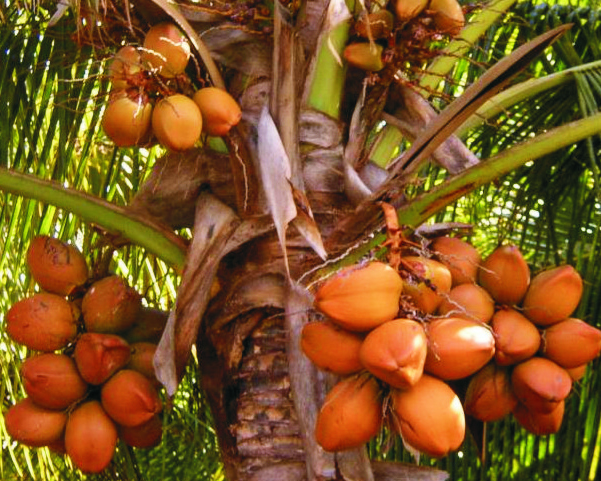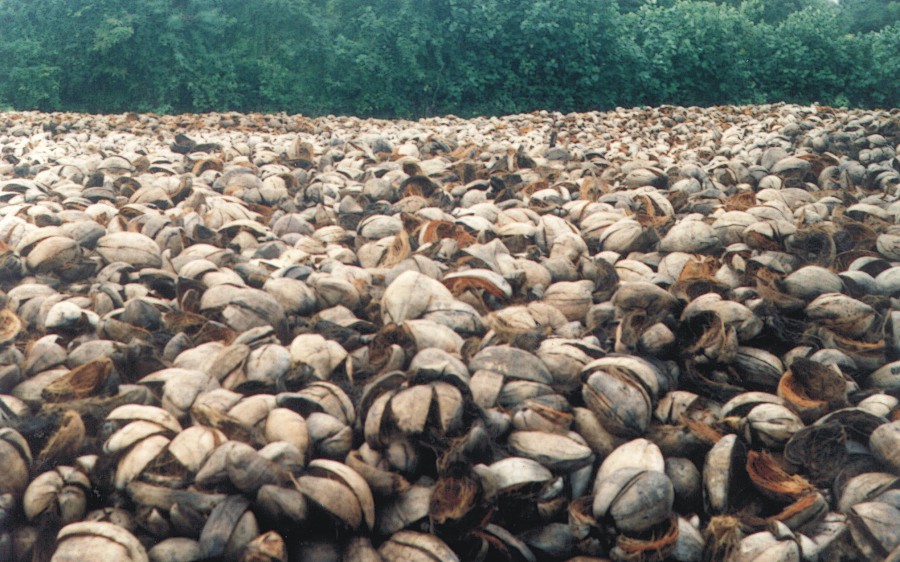Coconut Fiber (Coir)
Coconut Fruits
Coconut Husks
An abundant, renewable natural resource.
The raw material for RoLanka GeoNatural™ products
The coconut tree (Cocos nucifera) is a tall palm tree native to East India. It is a unique tree and is very famous for multiple uses. Each tree is harvested once every 2 months and provides year-round production. The coconut fruit is a large oval shaped fruit with a fiber husk and a hard shell that encloses the edible meat and milky fluid. The milky fluid in young coconut fruits is a great tasting and healthy drink. The white edible meat of coconut fruit is a popular ingredient in many dessert and curry recipes. Coconut leaves are used as roofing material in temporary sheds, while the leaf stems are used for firewood. The trunk of the coconut tree is an elegant interior decorating wood as well as excellent roofing lumber. The hard shell is burned, and the charcoal is used for activated carbon products.
Coir fiber is obtained from the husks left over after removing the nut inside of it. It is a by-product of the coconut industry. Traditionally, in Sri Lanka coconut husks are soaked in fresh water for at least for 3 months before fiber is processed. This soaking the coconut husks in fresh water turns the coir fibers to dark brown in color. It also increases the durability, strength, and flexibility of processed fiber. All RoLanka products are made with coir fiber processed from freshwater soaked coconut husks.
Coir – fiber obtained from coconut husks
Coir fiber has the highest strength and durability of any readily available natural fibers in the market. They are used for making a variety of products including products for soil erosion & sediment control for protecting and improving natural resources. With skilled processing, coir fiber is separated into different grades, depending on the length of the fiber. The initially separated fiber is called mattress coir fiber. These are short and flimsy and excellent filtering medium. The longer and thicker fiber is called bristle coir fiber. Bristle coir fiber is the best quality coir fiber on the market. They have higher strength and durability with very slow biodegradability.
This fiber separation process is done only in Sri Lanka, and the Sri Lanka coir products are superior to coir products made in other countries.
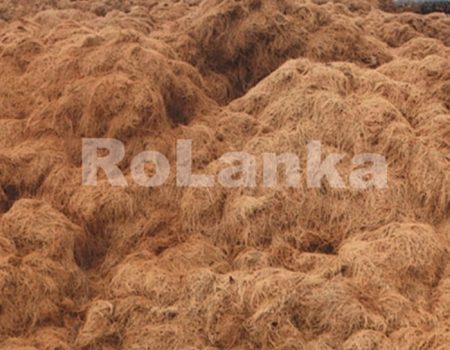
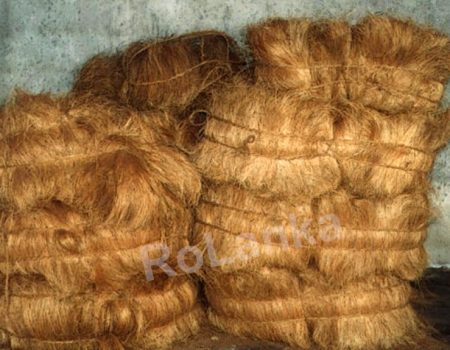
Coir pith/dust
the soil-less potting medium
The left-over particles once all the fibers are separated is called the coir pith (dust). Although it has very little nutritive value, the porous coir pith is an excellent soil-less plant growing medium. Coir pith (dust) is also used in worm and reptile bedding, as well as in environmental cleanups.
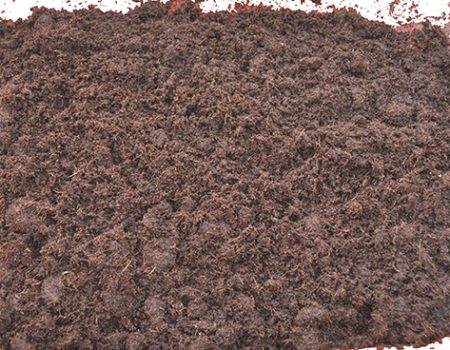
More information about Coir
Recently for convenience, some millers are processing fiber with quick defibering machines without soaking in water. The fiber process from this method is not as flexible or durable as the fiber process from traditional method. India, Philippines and a few other countries cure their coconut husks in lagoons. These fibers are generally white in color due the bleaching effect from salt in lagoon water and they tend to contain excess salts too.

